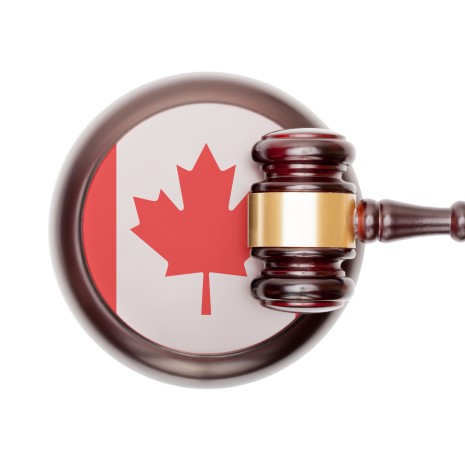
Hot Air 23/01/2017

In the United States, their case was found to be the product of fraud and fabrications, with not one dime being awarded to Manhattan Attorney Steven Donziger and his band of environmentalists and investors. Despite these losses, the group pushed ahead last year in an attempt to sue Chevron in Canada, hoping to find a more friendly court in a country governed by “green minded” folks and liberals. This was of great concern because it seemed possible that they might actually be able to pull it off.
So much for that plan. In a very sensible decision, a Canadian judge dismissed the suit this week, saying that the plaintiffs were simply fishing in the wrong pond. I’m going to include this article from Reuters as part of the coverage, not for the facts it reveals but rather for the horrible way it’s written and the incorrect information contained in it.
A Toronto court has rejected a bid by Ecuadorian villagers to enforce a judgment in their home country against Chevron Canada Ltd, ruling the subsidiary is not liable for parent Chevron Corp, the U.S. oil major said on Friday.
A Canadian lawyer for the villagers in the environment-damage lawsuit said the ruling is “not a modern-day view,” and that an appeal will be filed.
Residents of Ecuador’s Lago Agrio region have been trying to force Chevron to pay for water and soil contamination caused from 1964 to 1992 by Texaco, which Chevron acquired in 2001.
If you read through the rest of the Reuters article you’ll see that about the only thing they got entirely right is the judge’s name. They claim that Chevron was “not disputing that pollution occurred” in Ecuador. That much is true, but Chevron has also maintained (and proven) that it didn’t happen on their watch. What pollution there might have been from the time Texaco operated there was cleaned up in accordance with the law. It was Ecuador’s own state owned oil companies who really trashed the place. Reuters also pays scant attention to the massive fraud which made up the plaintiff’s case, insinuating that Chevron’s lawyers made the entire thing up. (U.S. courts have concluded that the entire thing was fraudulent.)
Basically, the Canadian judge wasn’t issuing a comment on any of those questions. He simply found that the plaintiffs were going after the wrong company in attempting to sue Chevron Canada Limited. At Forbes, Michael I. Krauss (who has been covering this case as long as I have) spells out decision in layman’s terms.
Chevron Corporation does no business in Canada and had no assets to be attached there. So the US attorney sued Chevron Canada Limited, a corporation removed by seven levels from Chevron Corporation. Chevron Canada Limited is an operating company that explores for gas and oil in Canada. It has never had any dealings in Ecuador…
Judge Hainey of the Ontario Superior Court of Justice would have none of it. In a sober and extremely well-reasoned opinion, the judge ruled, in conformity with basic principles of liability respected around the civilized world, that the two corporations were distinct entities and that Chevron Canada Limited was not the defendant in the Ecuadorean case. Nor was Chevron Canada Limited established to shield Chevron Corporation from its obligations in any way. Nor was Chevron Canada Limited a “puppet” of Chevron Corporation. The court dismissed the case against Chevron Canada Limited for these reasons.
Going even further, the judge declared that the findings of fraud would be admissible in any event, a fact which the Reuters article distorts. They note that the judge said some parts of Chevron’s argument should be struck. True, but not the parts which proved the corruption in the original Ecuador decision.
This decision will be appealed, of course, but any other judges looking at the original ruling will have to think long and hard before overturning this.
Fuente OriginalNotas relacionadas